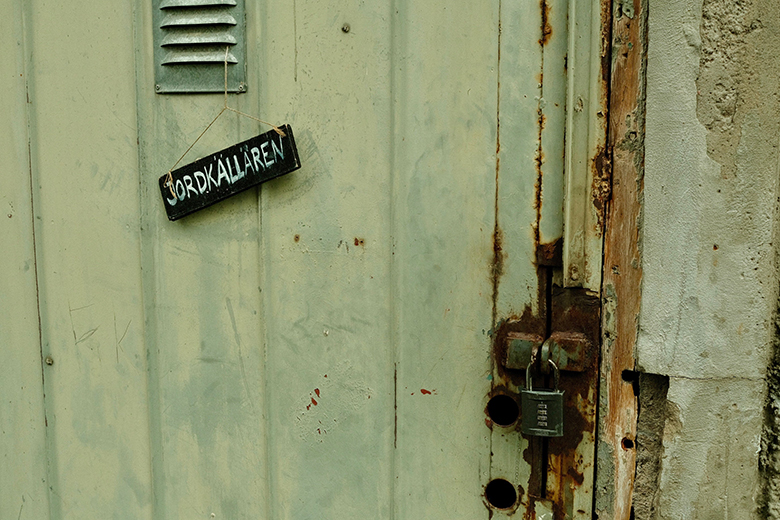Resource-efficient local resilience in housing development
The project harnesses the motivations and strategies within prepping culture to create artifacts and systems that render residential areas more resilient during crises.

Pandemics, wars, and the effects of the climate crisis can disrupt vital resource supply systems that provide electricity, water, heating, food, and sanitation. Authorities recommend individuals to be able to sustain themselves for a week during crises, but how does our current infrastructure support this? The project explores how existing motivations within the prepping culture can expedite the transition to more resource-efficient residential areas.
Prepping culture's strategies ensure local access to necessary resources when supply systems fail but are almost exclusively centered around the individual. An interdisciplinary group of researchers and practitioners in the project scale up prepping's crisis management to local resilience in residential areas. Prepping strategies are transformed into artifacts and infrastructural systems that handle the production, storage, and utilization of local resource flows to provide concrete knowledge on how more resilient residential areas can be shaped. In this work, speculative design is employed as a methodology to envision potential futures. The research leads to drawings and prototypes for practical application in urban planning practice as well as proposals for policy changes.
Project period: 2024-2027
Project manager: Loove Broms
Funded by Energimyndigheten